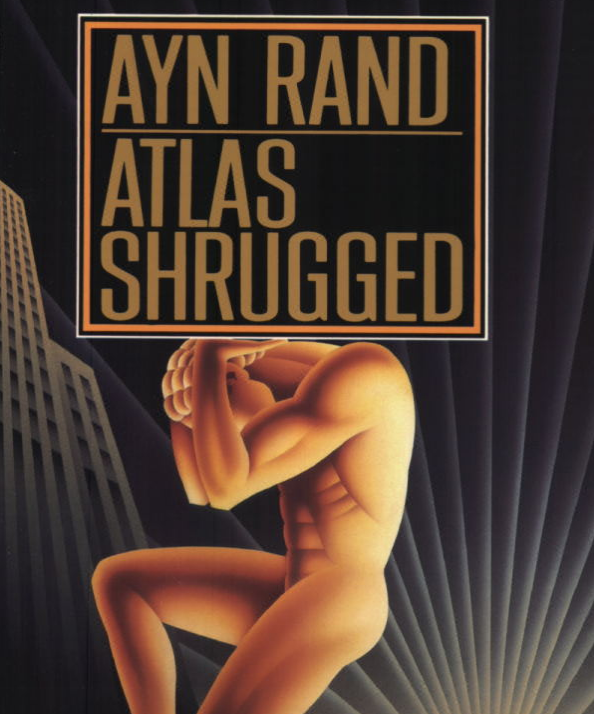
BS Manojit Saha | Mum bai
September 16, 2014 Last Updated at 00:50 IST
Previous govt had selected some for appointment in PSBs to replace many CMDs EDs due for retirement in 2014-15
The Reserve Bank of India (RBI) has begun to review the performance of those appointed to or candidates for the top posts in public sector banks (PSBs).
The move to make the appointment process more robust comes after last month’s arrest of S K Jain, chairman and managing director (CMD) of Syndicate Bank last month, over graft charges. As a result, the authorities have started asking for feedback and not only from the immediate reporting heads and peers.
The previous government had selected some for appointment in PSBs to replace the many CMDs and executive directors (EDs) due for retirement in 2014-15. The present government is now doing a complete review of those selected.
Following Jain’s arrest, the Central Bureau of Investigation (CBI) found irregularities in the appointment process.Finance minister Arun Jaitley had requested both RBI and the cabinet secretary to review the appointment process.
A committee headed by the RBI governor, which includes the financial services secretary of the Union finance ministry, is set up to select the candidates. The committee sends its recommendations to the Appointments Committee of the Cabinet, chaired by the Prime Minister.
CMD posts in four PSBs are already vacant and other vacancies will arise during the financial year. The heads of Bank of Baroda and Indian Overseas Bank have competed their terms and United Bank’s CMD opted for early retirement in February. Jain was suspended following his arrest. Two more CMD posts will become vacant by the end of the month, with S L Bansal of Oriental Bank of Commerce and R K Dubey of Canara Bank completing their terms. Later in the financial year, the top post in Vijaya Bank will also get vacant.
And, a number of ED positions will also become vacant on retirements.
A committee headed by former Axis Bank chief P J Nayak has emphasised a need to make the appointments process in PSBs more transparent. Set up by RBI Governor Raghuram Rajan, it gave a report in May.
At a banking seminar here on Monday, the RBI chief agreed there was a need to change the management appointment process in PSBs, to make it more transparent. The central bank is in talks with the government to improve governance in these lenders, he said.
The move to make the appointment process more robust comes after last month’s arrest of S K Jain, chairman and managing director (CMD) of Syndicate Bank last month, over graft charges. As a result, the authorities have started asking for feedback and not only from the immediate reporting heads and peers.
The previous government had selected some for appointment in PSBs to replace the many CMDs and executive directors (EDs) due for retirement in 2014-15. The present government is now doing a complete review of those selected.
Following Jain’s arrest, the Central Bureau of Investigation (CBI) found irregularities in the appointment process.Finance minister Arun Jaitley had requested both RBI and the cabinet secretary to review the appointment process.
A committee headed by the RBI governor, which includes the financial services secretary of the Union finance ministry, is set up to select the candidates. The committee sends its recommendations to the Appointments Committee of the Cabinet, chaired by the Prime Minister.
CMD posts in four PSBs are already vacant and other vacancies will arise during the financial year. The heads of Bank of Baroda and Indian Overseas Bank have competed their terms and United Bank’s CMD opted for early retirement in February. Jain was suspended following his arrest. Two more CMD posts will become vacant by the end of the month, with S L Bansal of Oriental Bank of Commerce and R K Dubey of Canara Bank completing their terms. Later in the financial year, the top post in Vijaya Bank will also get vacant.
And, a number of ED positions will also become vacant on retirements.
A committee headed by former Axis Bank chief P J Nayak has emphasised a need to make the appointments process in PSBs more transparent. Set up by RBI Governor Raghuram Rajan, it gave a report in May.
At a banking seminar here on Monday, the RBI chief agreed there was a need to change the management appointment process in PSBs, to make it more transparent. The central bank is in talks with the government to improve governance in these lenders, he said.









